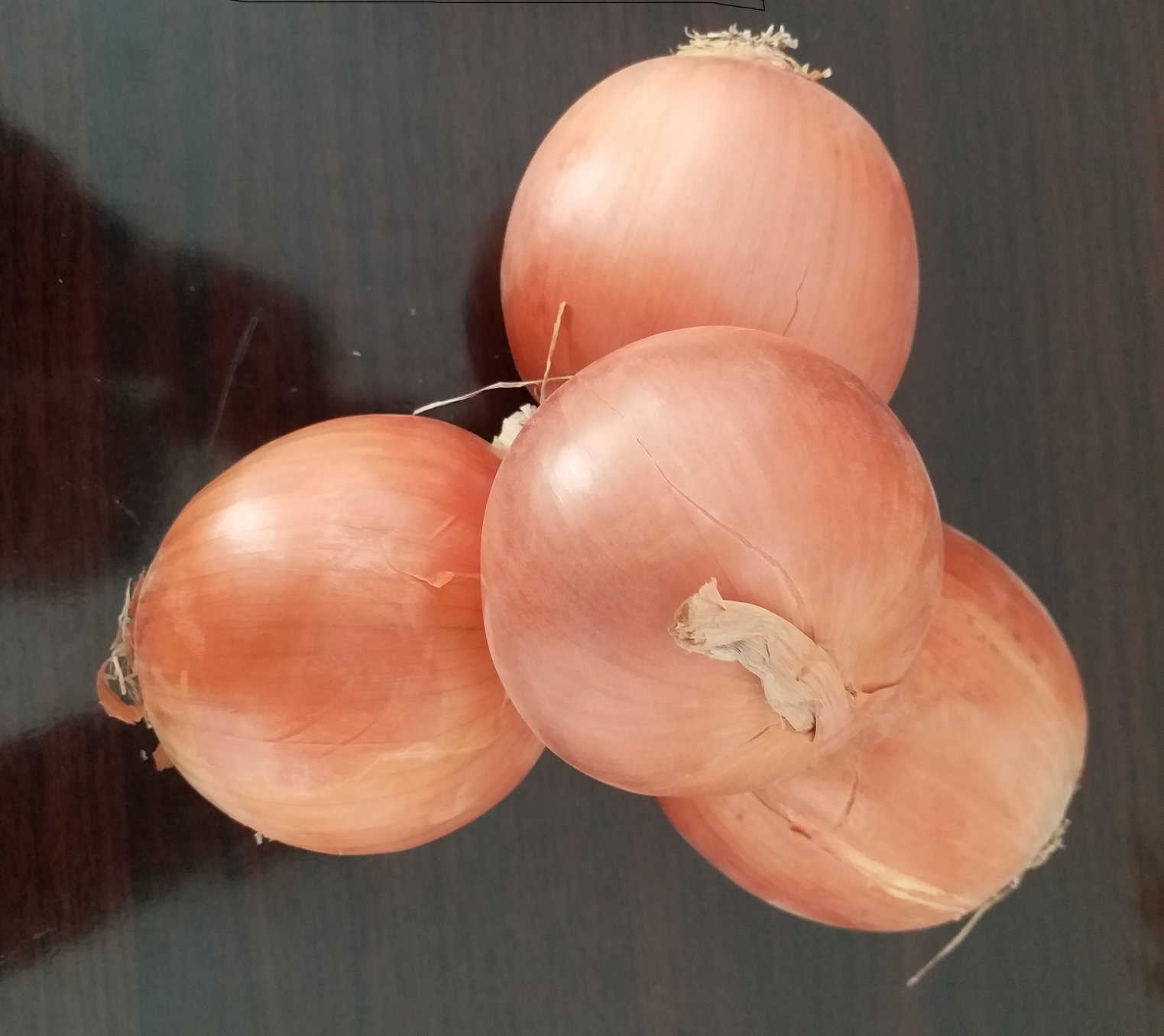How to eliminate and update it is also very important. Breeding pigs is the basis for the proliferation of pigs and is the core of the entire pig production. Since the use of breeding pigs has a finite number of years, natural boars generally do not exceed 2 years, sows do not exceed 8 litters, harvest boars use 3 to 4 years, sows do not exceed 8 litters, and individual pigs produce energy. big difference. Therefore, only by implementing a scientific and reasonable breeding and renewal system for breeding pigs can we stabilize or increase the production level of breeding pigs and achieve the purpose of improving the economic efficiency of the farm. So, how to eliminate and renew breeders? Calculate the relevant data for the elimination and update of breeding pigs Take 100 basic sows as an example, the farm delivery index is 2.3, calculated as follows: Boar: Under natural conditions, the ratio of males to females should not exceed 1:20, and 100 basic sows need 10020 boars = 5 heads. The number of updates per year is 52 = 2.5 headers (ie, 2 or 3 headers per year). Sows: According to an effective life cycle of 8 fetuses, with an average annual output of 2.3 fetuses per sow, the average service life of the sows is 82.3 = 3.48 ≈ 3.5 years. The annual elimination rate was 13.5100%=28.6%≈30%. The number of farms for 100 basic sows should be eliminated and the number of renewal should be 10030% = 30. The number of heads to be eliminated and renewed per month is 3012 = 2.5 (if a large-scale pig farm is used, the head of each week should be eliminated and updated. number). Update according to the general principle of breeding out pigs The above data are theoretically calculated values. The actual operation should be based on the following principles to eliminate and update breeding pigs. The principle of elimination of sows: First, the elimination of age and weight have reached the breeding standards, but continue to raise 2 to 3 estrus after estrus estrus. Second, eliminate sows that are not estrus after 60 days after weaning. 3. Weed out sows that have returned 3 to 4 times continuously. 4. Weed out sows with less than 6 consecutive childbirths or fewer stillbirths and poor or poorly-divided sows. V. Weeding out less than 6 pairs of sows that are not normally developed, have inverted tits or licking teats or vice heads, and have poor secretion. 6. Weed out the sows whose mothers are not good, have bad habits, and have a low rate of rearing. 7. Weed out sows that are slow to eat, overweight and overweight, slow-moving, dull skin, and have no eyes. VIII. Elimination of sows with deformed offspring. 9. To eliminate sows that have diseases or disabilities, older ages, and lower productivity. The principle of elimination of boars is generally eliminated based on the age of use, but boars that are bulky, poor in quality, poor in mating performance, and abusive should also be eliminated in time. After the elimination of vacancies, they should be filled with ideal spare breeders at any time. In general, breeding herds should have a defined sow elimination method, and the proportion of sows in each parity should be kept stable. The ideal proportion of 1-8 parity sows should be approximately 17%, 16%, and 15%, respectively. , 14%, 13%, 11%, 10% and less than 4%.
Fresh Onion,Fried shallot,size:6-8,7-9.8-11,packed mesh bags.
Onion White Fresh Onion,White Onion Nutrition,Pickled White Onions,Fresh Onion Vegetables Jining Sunagro Trade Co., Ltd. , http://www.sunagro-food.com
